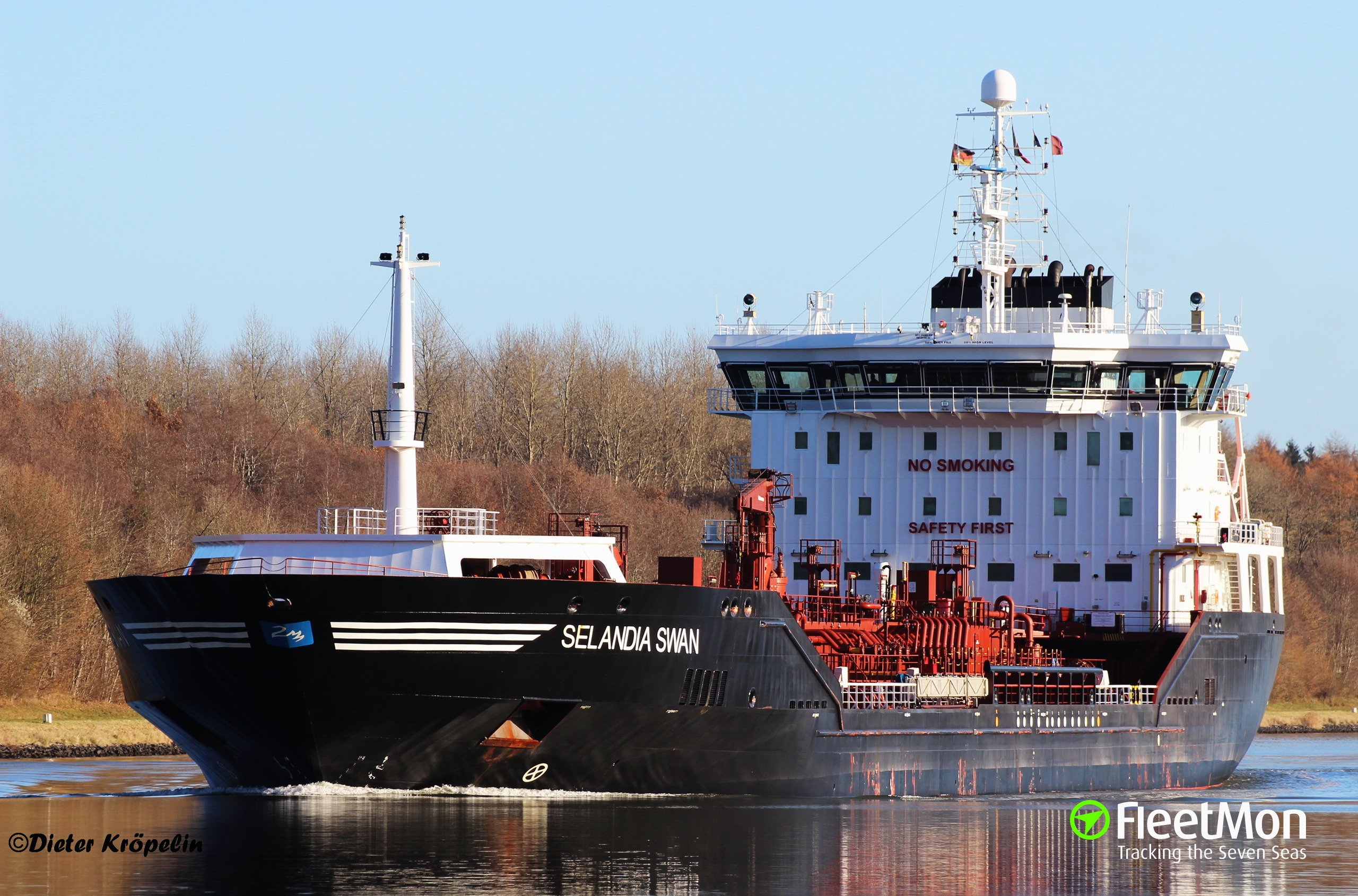

It is said that after the notable success of the vessel, the shipbuilding company was inundated with offers to construct ships with similar propelling capabilities. Owned by the East Asiatic Company, the vessel was built in the Danish Burmesiter and Wain shipbuilding yard in the year 1911. For a ship of that era, the passenger ship was extremely grand and catered to the crème de la crème of the oceanic voyagers. Unlike her other peers, the vessel was constructed without the conventional funnel and the exhaust fumes were ventilated through an opening in the main mast of the vessel. The Selandia was built to carry both voyagers as well as cargo.

This factor alone contributed to the vessel being anointed with the title of the first motor ship when it was launched in the year 1912. Image for representation purpose onlyīut Selandia was unique when compared to the other ships in that that the ship was completely and fully diesel powered instead of the fuel being an ancillary propellant.

Post this innovation, in the following years, there were many shipbuilding companies that had started to design ships incorporating diesel as a propelling fuel. The name diesel comes from the man who pioneered the innovation of the fuel – Dr. However the development of diesel as a viable ship fuel at the start of the 20 th century was a very noteworthy and mentionable event in the maritime domain. In the present times, utilization of diesel in motor vehicles and ships is a routine affair and of exceptional importance. Selandia, the first motor ship in the world which was launched in the year 1912, is testimony to this statement as it completes a century of existence in the maritime domain. Thinking out-of-the-box is one of the major requirements for developing new engineering pathways.


 0 kommentar(er)
0 kommentar(er)
